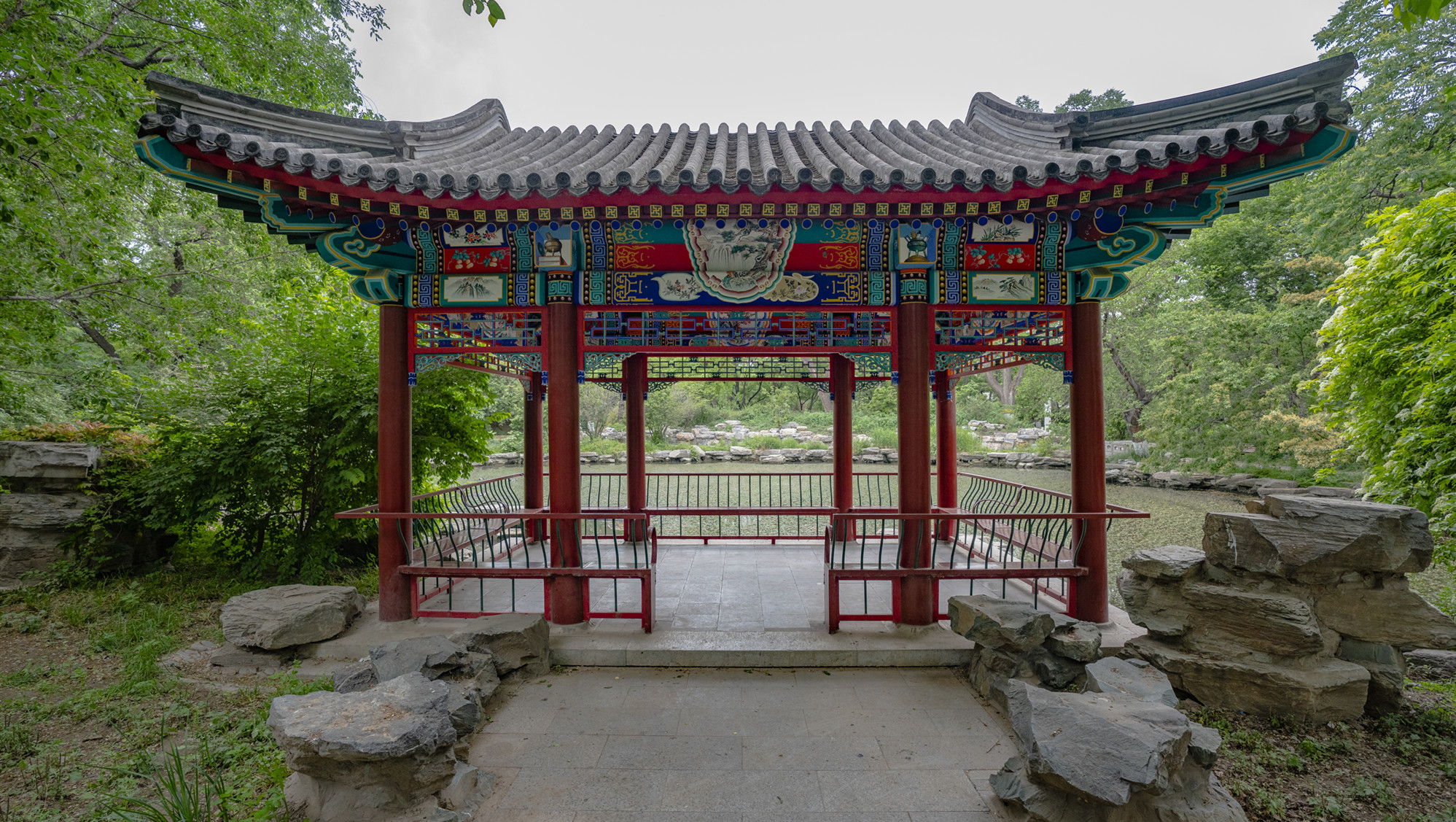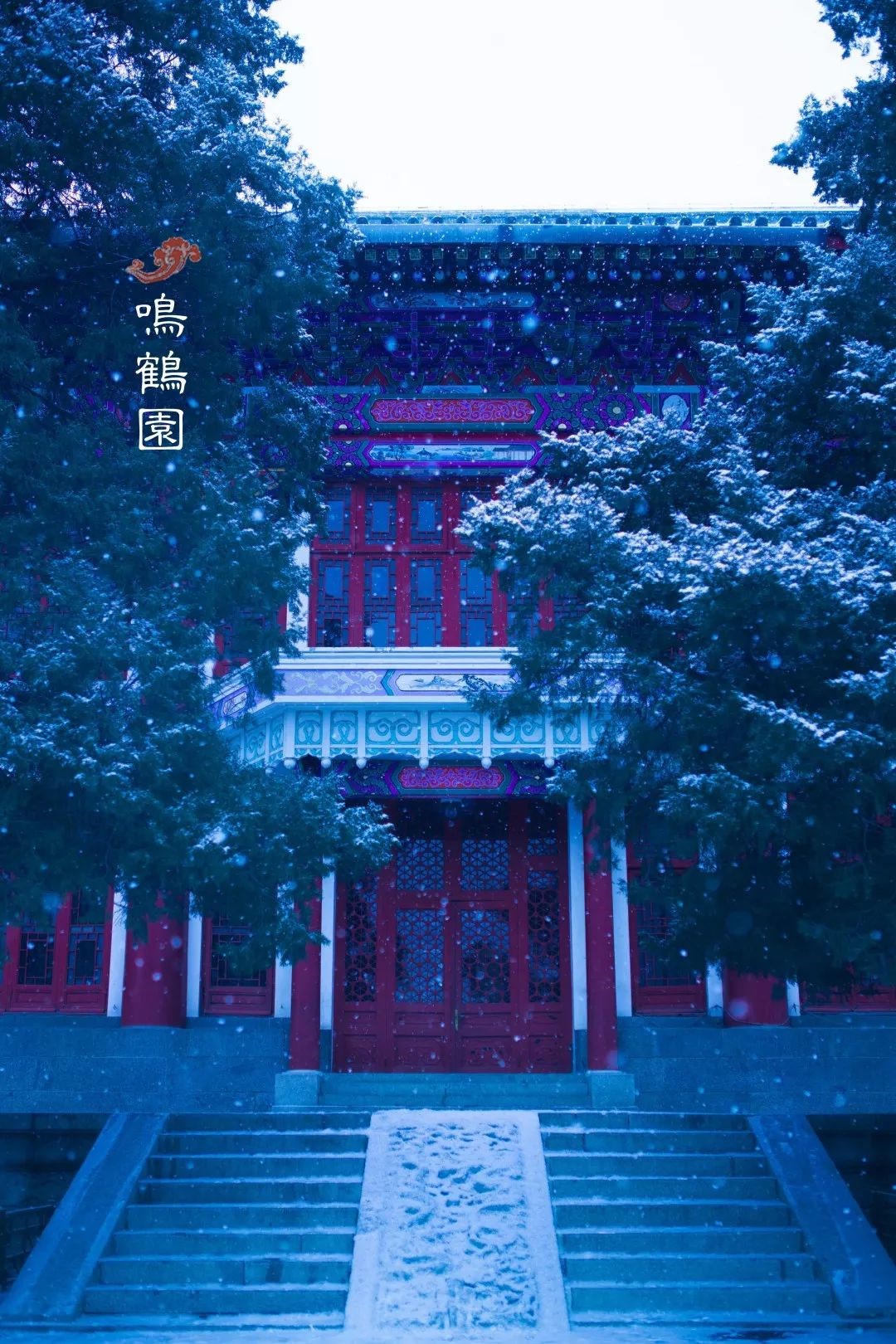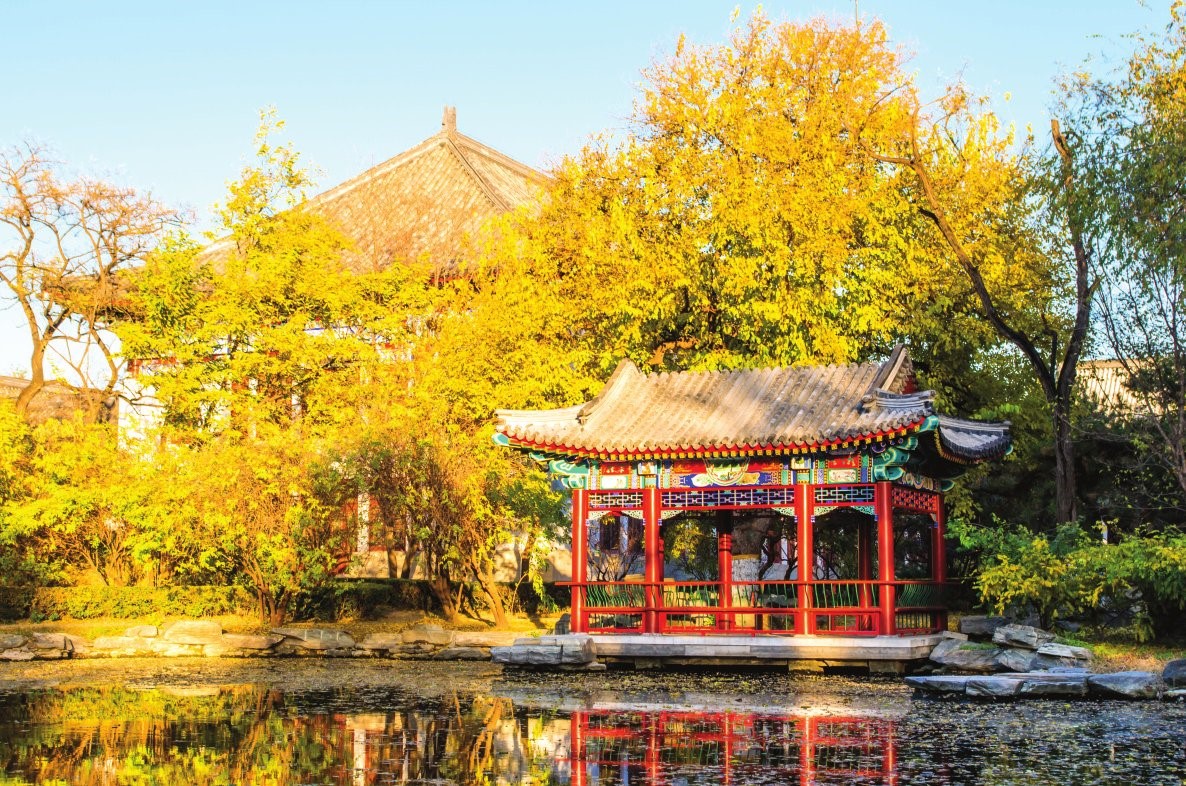[Peking University Landmark] Minghe Garden
May 21, 2020
Peking University, May 21, 2020: Minghe Garden, also known as Ming He Yuan or Singing Crane Garden, is one of the ancient gardens of Peking University, located in the northwest corner of the campus. “Ming” means birds singing and “He” means crane, thus “Minghe” translates as “the cranes warble”. In addition to Minghe Garden, there is also Jingchun Garden, another ancient garden on Peking University’s campus, formerly it was a part of Shuchun Garden, which was one of the gardens of Yuanming Yuan (Old Summer Palace). Qianlong Emperor (reigned 1736-1795) bestowed Shuchun Garden to his favorite courtier Heshen. After his death, the ownership of Shuchun Garden changed hands several times. In 1828, Minghe Garden in the western part of Shuchun Garden was assigned to Mianyu, the fifth son of the Jiaqing Emperor.
 Minghe Garden
Minghe Garden
Minghe Garden once held its reputation as one of the five famous gardens in Beijing’s western suburbs, along with Zide Garden, Ziyi Garden, Chenghuai Garden and Xichun Garden. Minghe Garden took up an area of about 9 hectares, stretching 200 meters from north to south and spanning 500 meters from east to west. Moving from east to west the landscape of the gardens would constantly change. The living areas in the east had an orderly layout and was relatively built up, while the west was designed to be livelier accentuating the beauty of the natural scenery.
Late autumn in Minghe Garden
In 1860, Minghe Garden along with Yuanming Yuan was burnt down by Anglo-French Allied Forces. Very few structures managed to survive the disaster; those that did were severely damaged. In 1864, the garden’s owner Mianyu died. Although his descendants still owned the Minghe Garden, due to lack of preservation it had begun to deteriorate. It was later purchased by Xu Shichang (1855-1939), the second president of the Republic of China, later transferred to Chen Shufan (1885-1949), a Chinese general active during the early Republic period in China. In 1928, John Leighton Stuart, president of Yenching University, bought Minghe Garden and incorporated it as part of the campus.
When Peking University took over the campus of Yenching University in 1952, buildings in Minghe Garden were almost destroyed, with only two pavilions and a gate remaining. Artificial hills and lakes remained unscathed, reminding people of the garden’s former glory. Sponsored by the Arthur M. Sackler Foundation, Peking University repaired Minghe Garden in 1992. Although the garden could not be returned to its original form, the repairs turned the deserted garden into a unique sight on campus. The Arthur M. Sackler Museum of Art & Archaeology at Peking University located in Minghe Garden, brings an air of modern culture and art to the ancient garden.
Nowadays, Minghe Garden knows itself as an attraction for students and tourists alike. From blossoming flowers in spring, to the fragrance of lotuses in summer, golden leaves in autumn and snow-covered lakes in winter, Minghe Garden attracts people all year round with its ever-changing scenery year. A stone engraved “Minghe Garden” inscribed by the famous calligrapher Qigong stands beside a pavilion, recollecting the hundred-year story of this ancient garden to passers-by.

Snow-covered Minghe Garden
References:
[1] 肖东发, 李云, 沈弘. 《风物:燕园景观及人文底蕴》[M]. 2003: 93-96.
[2] Minghe Yuan[N]. Peking University Gazette, 2019-04-25.
Written by: Wang Yupin
Edited by: Yan Shengnan, Jacob Tomkins
Photo credit to: Peking University Gazette, gotopku.cn


